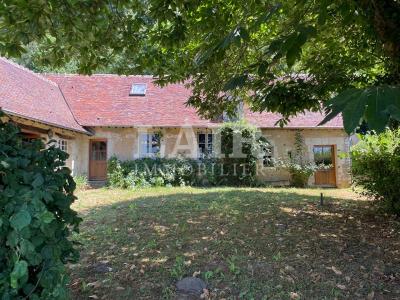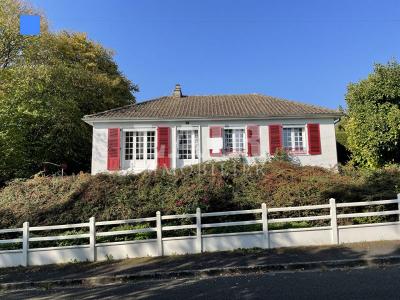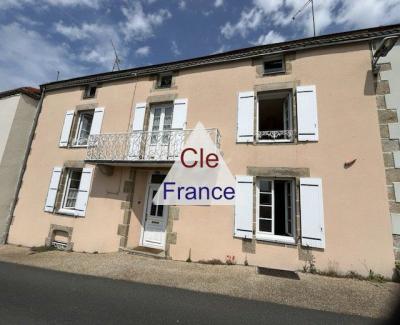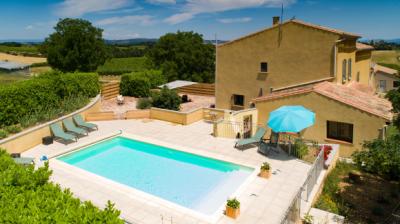Shrove Tuesday in February means that across the UK there will be people practising their pancake tossing ! But let us learn a little of how it is celebrated in France.
Origins of Mardi Gras
Mardi Gras is a well-known event in New Orleans and in Brazil, but why is Mardi Gras celebrated in France?
Mardi Gras has a few different roots, some in Christian culture, and some in pagan culture. These days, Mardi Gras is seen as a Catholic tradition, but what people actually do on this day is quite different to what people do on other Catholic holidays. Like Christmas and Easter, Mardi Gras includes a very large meal and a gathering of friends and family, but neither Christmas nor Easter includes masks, costumes and unlimited dancing and fooling around. For this reason, Mardi Gras can be interpreted as a mix of Catholic and pagan traditions: the holiday is Catholic, and the means of celebrating it stem from local traditions.
As we know the period of Lent is the period leading up to Easter. Since the period of Lent requires Catholics to fast, or to give up certain foods if not fasting, as well as make general resolutions for oneself that require self-discipline, Mardi Gras is said to have been created for one last day of unlimited fun and eating before giving up so much during Lent. Originally, a fattened calf was slaughtered as a Mardi Gras feast; in some cultures, pancakes became a traditional Mardi Gras meal because the milk and butter had to be used up before Lent began, or thrown away.
The name Mardi Gras literally translates to Tuesday Fat (or in English: Fat Tuesday). The name comes from fattening the calf and feasting on it; Tuesday is always the day that precedes the beginning of Lent (which starts on Ash Wednesday).
While the origins of Mardi Gras in France are religious and spiritual, Mardi Gras is mainly celebrated today simply because it is fun. While many Catholics still actively observe Lent and the traditions of not indulging excessively, Mardi Gras is celebrated not only by those Catholics who are going into a period of limited indulgence, but also by the general public.
The biggest Mardi Gras celebrations in France are in Nice and in Paris. However, there are celebrations big and small all over North West France in cities, towns and villages.
So whether you observe it as a religious occasion or an excuse for a party the one thing in common is the delightful taste, when cooked correctly, of the humble Pancake or Crêpe.
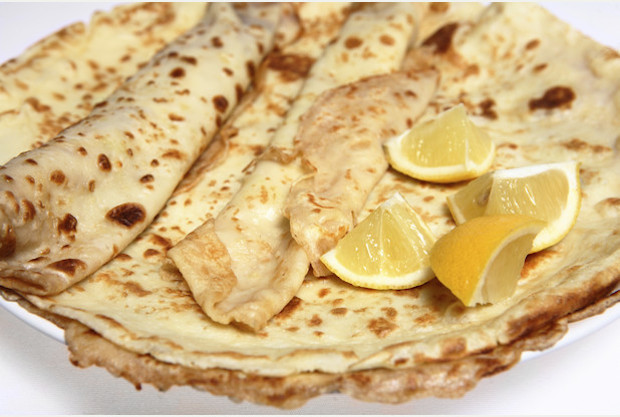
Recipe & instructions for the perfect French crêpe.
A delicious French crêpe is versatile and not only for one day a year, as we all know there is always a crêpe van at a French market and whatever your choice of topping it is a treat worth signing up for.
But a well cooked crêpe at home can add a sophisticated touch to any dinner or desert course. It may look simple, but aspiring cooks are often disappointed that their results don't turn out like the thin, delicate ones found from the van at the market or indulged in at a fancy restaurant. However, don't despair – we have the recipe and method for you to impress even the harshest of critics.
As with many things it is the technique involved that makes the difference !
So how to make the perfect French Crêpe? This crêpe recipe makes a double batch because the perfect number of eggs per batch is 1.5 and leftovers are always nice!
Instructions
Things You will Need:
- a non-stick crêpe pan or skillet, preferably thick bottomed.
- 3 cups milk
- 2 cups flour
- 2 tablespoons butter
- 2 tsp sugar (if you want a sweet, dessert style French crêpe)
- 3 eggs
- butter wrapper
- large spoon or laddle
- plate
- thin spatula
- eager children, hungry neighbours or friends and family
First beat the three eggs in a small bowl. Then, whisk together the flour, milk, and eggs in a large bowl until you have no lumps. Microwave the butter in a small cup or bowl for about 20 seconds. Add a few spoonfuls of the batter to the melted butter and mix well. Then whisk the mixture into the batter. Tilt the batter against the side of the bowl to make sure all lumps are gone.
The most important step to making a French crêpe is greasing the crêpe pan. Too much butter will cause burning and not enough will cause sticking. Warm the pan slightly on the stove. Using a tiny piece of butter, grease the crêpe pan with the butter wrapper. Push down very hard so that the pan slowly absorbs the butter.
Then, heat the crêpe pan to medium heat. You might need to adjust this down slightly as you cook each French crêpe.
Once the crêpe pan is heated, hold it in your left hand (if you are left handed hold it in your right hand) off the heat. Use a large spoon or laddle to scoop out a few tablespoons of batter and pour it into the middle of the pan. Quickly, but steadily, tilt the pan to swirl the batter and coat the pan as thinly as possible and form the French crêpe.
When the edge starts to firm (don't let it get brown yet), loosen it by sliding a thin spatula underneath and around the edges. Then, here comes the fun part, flip the French crêpe over (check the ceiling height first!). Cook the other side for about 30 seconds and then lift the crêpe pan and flip the crêpe over onto the plate.
Hold the crêpe pan in your left hand (if you're right handed) off the heat for about 20-30 seconds before pouring the next one. This lets the pan cool down enough so that the batter cooks less quickly when it first hits the pan and can spread more thinly.
Bask in the glory of being the best Crêpe maker in the house and try to have some left to enjoy your own perfect French crêpe!
Blog submitted by: David at Cle France.
